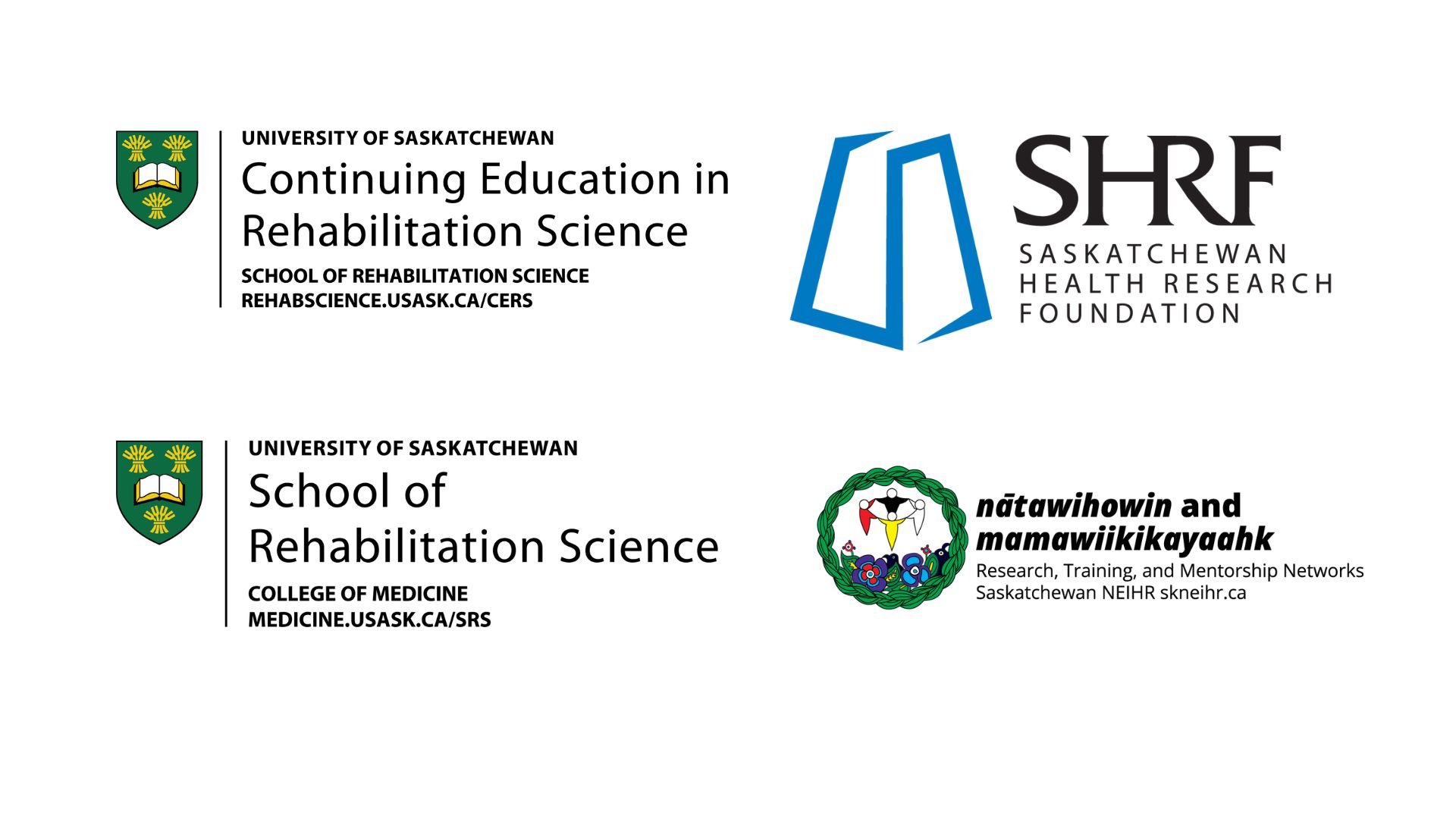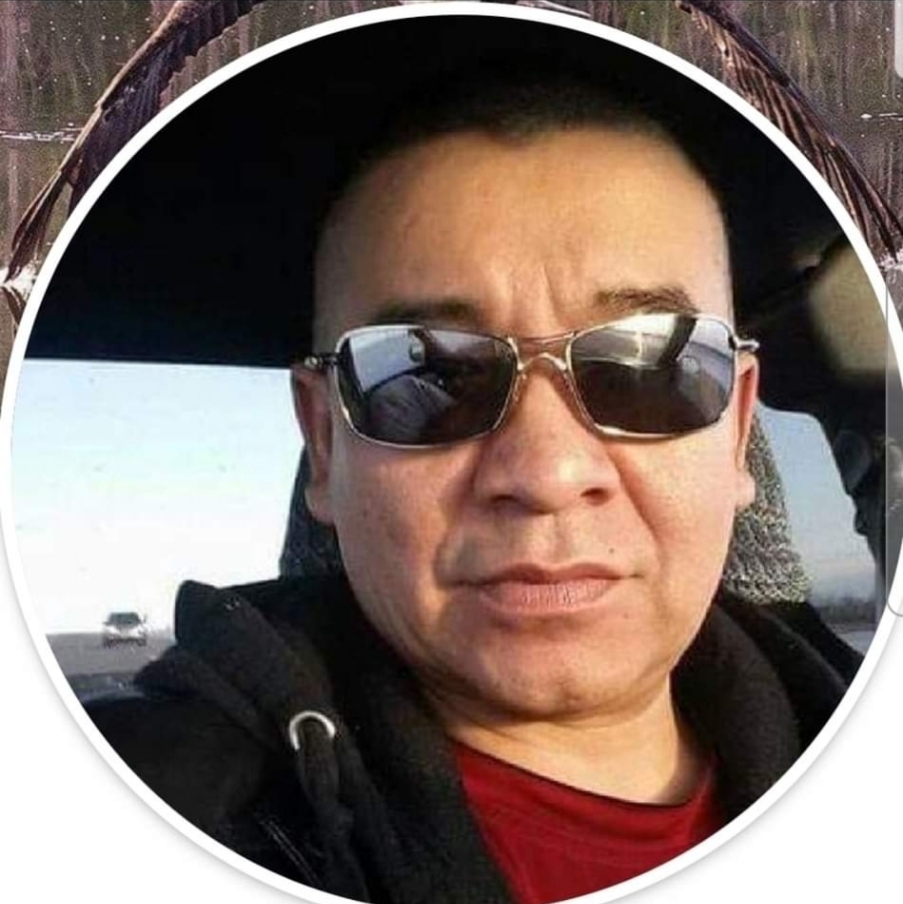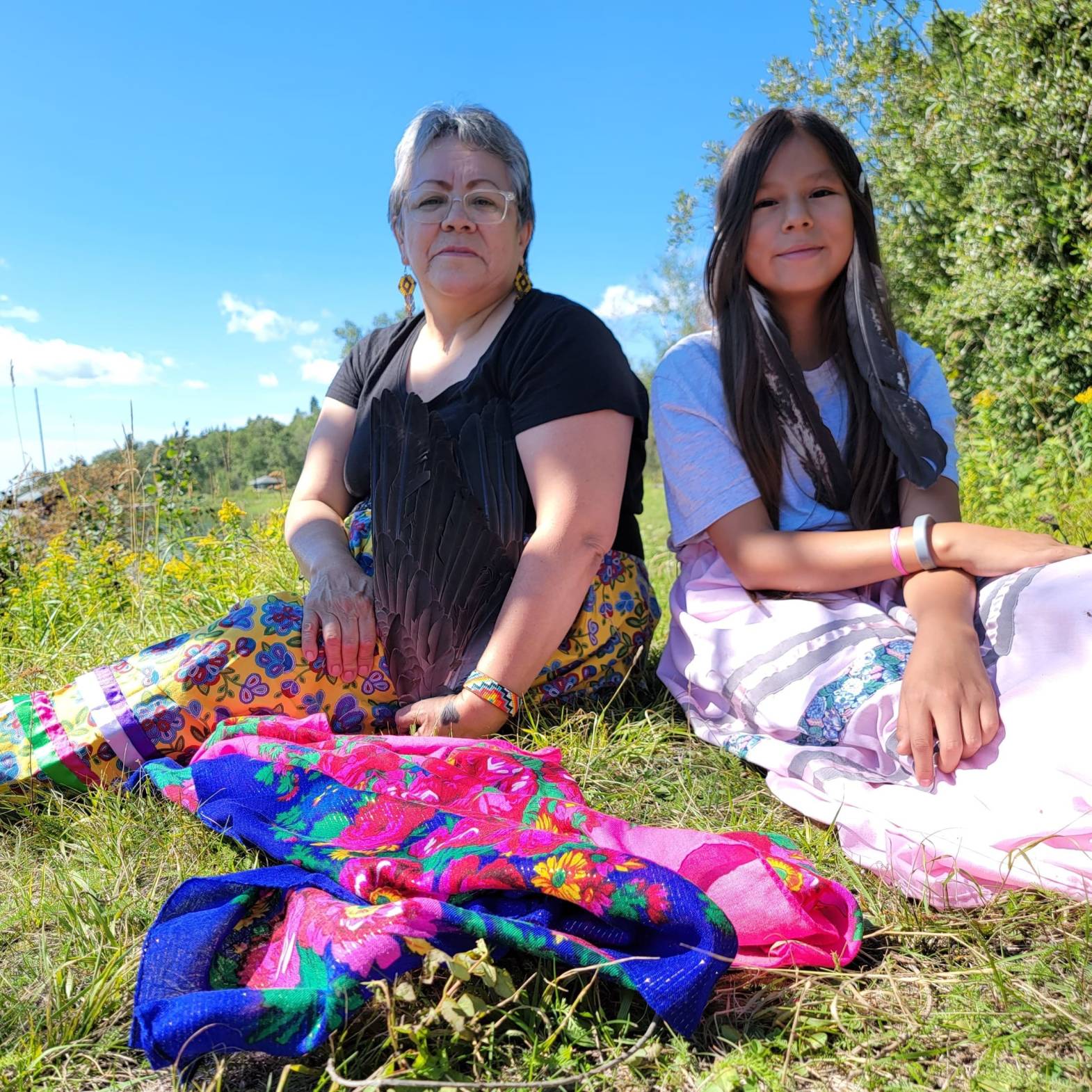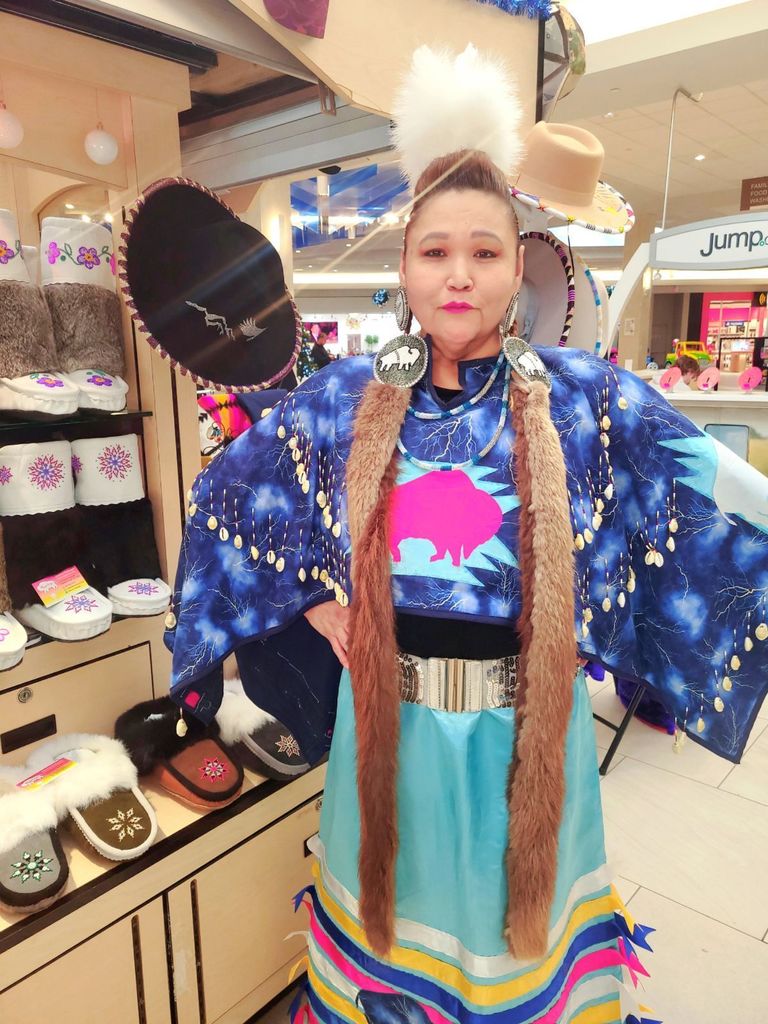Indigenous Language Rehab Materials
for Chronic Low Back Pain

We are thrilled to launch completed community-directed educational brochures and videos in Indigenous languages, that will provide information on how to take care of one’s back. These materials are now freely available in Cree TH dialect (Knowledge Keeper Sally Sewap), Cree Y dialect (Randy Morin, Larry Keenatch), Northern Michif (Knowledge Keeper TJ Roy), Heritage Michif (Elder Norm Fleury), Dene (Melanie Montgrand, Leona Janvier, Delia Alberg), and Dakota (Knowledge Keeper Melvina Redeagle, Elder Elaine Eagle).
In 2018, community members of Pelican Narrows reported to researchers that they did not have access to educational materials for back pain in the Cree language. Knowledge Keeper Sally Sewap, from Pelican Narrows, worked in partnership with MPT students Jaeden Frantz, Wyatt Cowell, Luke Guenter, Ty Vandersteen, and Morgan Korte, Graduate student Rebecca Sawatsky and Dr. Stacey Lovo to develop a brochure for back pain management in the Cree TH dialect. Support was received from Northern Medical Services (Dr. Veronica McKinney) and the Saskatchewan Physiotherapy Association. Additional communities expressed interest for materials in their languages, and also provided feedback on the need for audiovisual materials in Indigenous languages.
A team of community members and researchers joined and was awarded a Saskatchewan Health Research Foundation Align Grant in 2022, “Collaborating with Indigenous Communities in the Development of Indigenous Language Rehabilitation Materials for the Management of Chronic Back Pain”. Team members included: Dr. Stacey Lovo (Faculty, U of S), Dr. Jaris Swidrovich (First Nations Faculty, University of Toronto), Randy Morin (Cree language expert and Faculty , U of S), TJ Roy (Metis Knowledge Keeper, Ile a la Crosse), Sally Sewap (Cree Knowledge Keeper, Pelican Narrows), Leona Janvier and Melanie Montgrand, (Dene language experts, La Loche), Hailey Brown (Physical Therapist and PhD student, U of S), Kendra Usunier (Director of Continuing Education in Rehabilitation Science, U of S), Rebecca Sawatsky (Graduate Student, Health Sciences) and Briana Bowes (Research Coordinator, U of S).
Special Thanks
Special thanks to the School of Rehabilitation Science Masters of Physical Therapy students who participated in these videos, Reed Delainey, Kirsty Abbott and Charlie Wright (left to right).

The project was further supported through the extensive work of Joy Richards (Program Assistant, CERS) and Rebecca Sawatsky (Graduate Student, Health Sciences).
Thank you to SHRF for funding through Align grant, and the Saskatchewan Physiotherapy Association (SPA) and Northern Medical Services for participation in brochure development. Thank you to SK-NEIHR for the support in this exciting project as well.
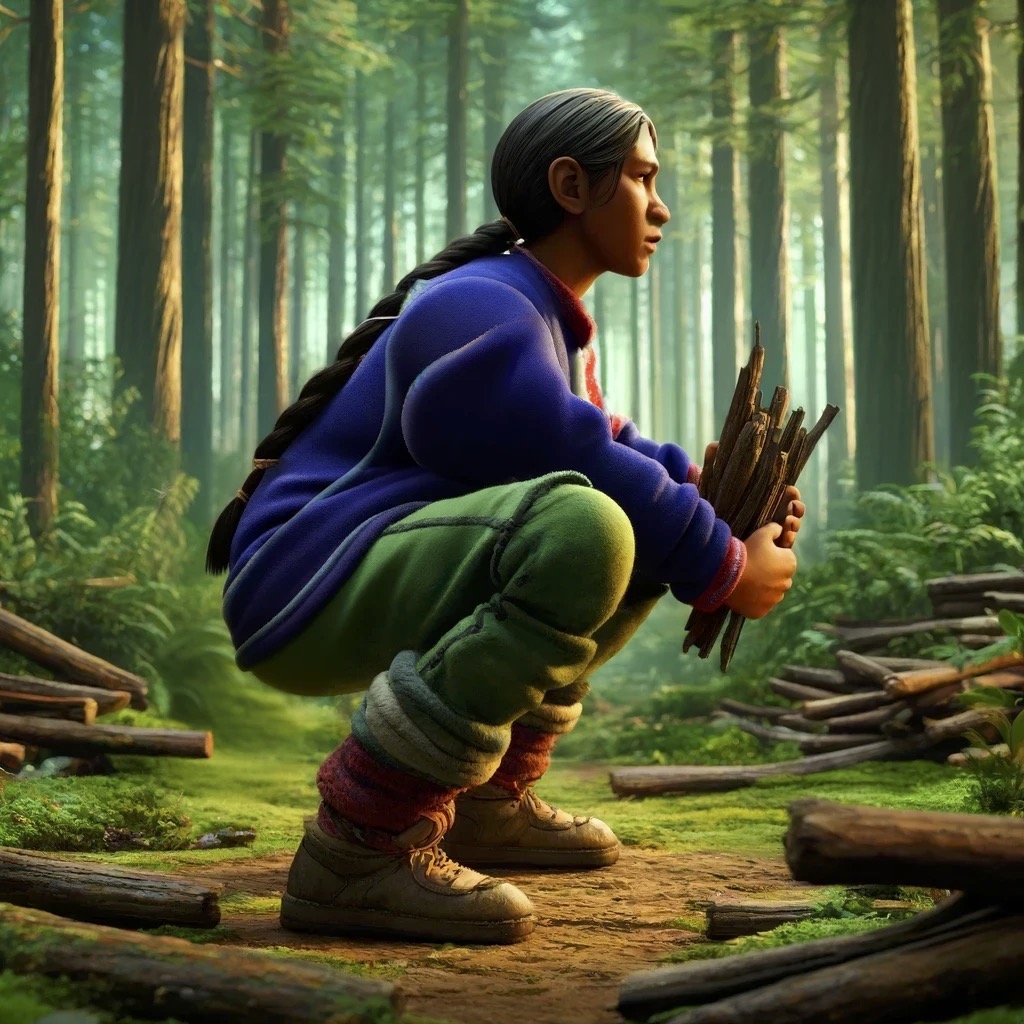
nenené nakániłní - Dene
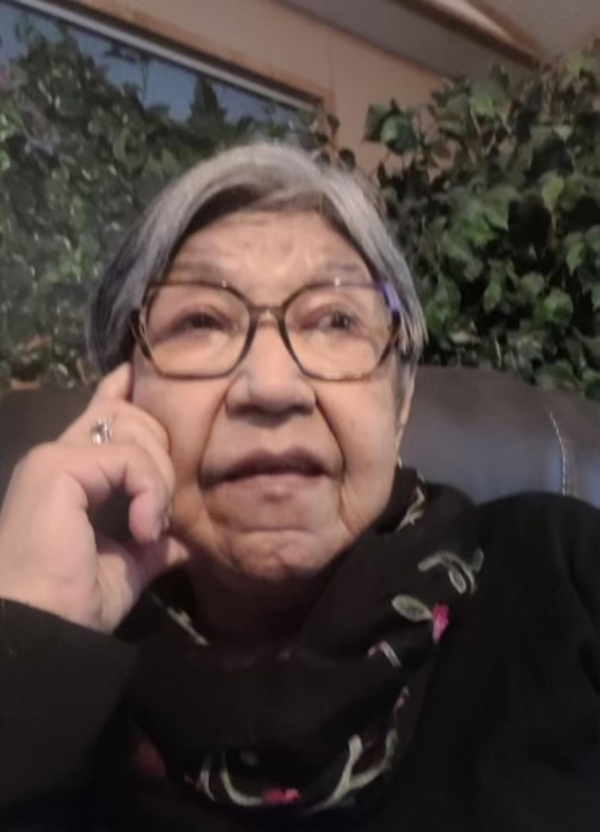
Delia Sylvestre-Allberg
Delia Sylvestre-Allberg is originally from the Northern Dene Community, Michel Village, Saskatchewan. She maintains her Native Language, understands the cultures, traditions and speaks fluent Dene. She has been married since 1991, has two children, and has been blessed with two grandchildren.
Delia has resided in Saskatoon since 1985, and has been employed with the Saskatchewan Health Authority (SHA) and Child and Family Services (CFS). She has worked with St Paul’s Hospital and Royal University Hospital. She has been supportive and helped advocate for patients in need of medical needs/necessities consents and procedures. Speaking Dene has been helpful for translations for patients to understand better of what is to be expected during the medical process.
In 1990, Delia enrolled with Saskatchewan Indian Federated College (SIFC) and graduated in 1994 with a Bachelors of Social Work andis a Registered Social Worker. She has been employed as an Addiction Worker with Hatchet Lake and Red Pheasant Health Clinic and is involved with counselling and ongoing addictions programs, as well as supporting group meetings. Delia is currently working with Metis and First Nation individuals requiring counselling supports.

KAWIYAMASKISO - Northern Cree Michif
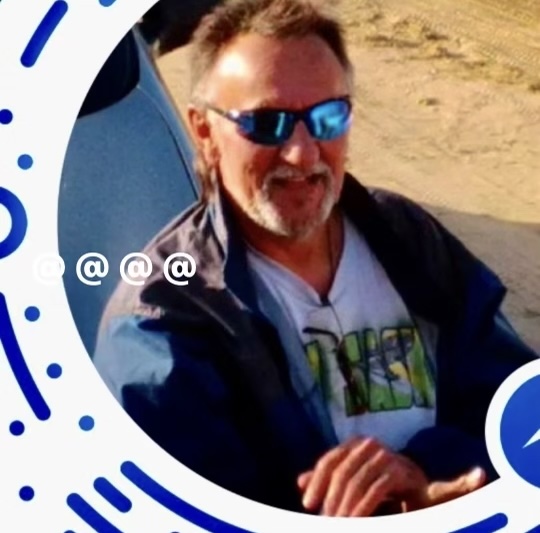
Elder TJ Roy
Thomas Joseph (TJ) Roy is a Woodland Cree and Métis man who spends his time connecting older adults and youth to the Métis cultural practices, including activities and engagement in land-based activities that are rooted in Métis beliefs and worldview. TJ speaks Cree and Michif, has a background in community development, and brings his traditions and knowledge to all of his work with communities, classrooms, and peoples.

êkawiya mâskipitiso - nêhiyawêwin - Cree Y-Dialect
KAWITHAMASKISO - Cree TH
Kwaayesh aen PishKaapahtamun Toon Doo - Heritage Michif

Elder Norm Fleury
Born in St. Lazare, Manitoba, Elder Norman Fleury is known nationally for his efforts to preserve the Michif language, stories, history, and culture. In addition to being active for almost 57 years with Métis governance building and preservation and revitalization of the Michif language and culture. He has written several books on the subject—including Canada's first Michif language dictionary—and has translated documents ranging from children's books to government documents into Michif. Elder Norman Fleury believes in community, and he has worked with the Gabriel Dumont Institute, the Saskatchewan Urban Native Teachers Educational Program (SUNTEP), the Louis Riel Institute, Rupertsland Institute, and community organizations. He continues to work with Métis Nation–Saskatchewan, community schools, and University of Saskatchewan where he is a special lecturer in the College of Education. He is a strong leader in teaching Michif, which includes sharing Métis culture, history, and heritage. His experiences, knowledge, and ability to share cultural components of Michif language has helped develop curriculum, translate written educational materials, and orally share the rich history of the Métis. Elder Fleury wears many hats but most importantly he is Paapaa or Mooshoom to many in the Métis community. He continues his legacy by passing down his language and knowledge to his children Chantelle and Marc, and granddaughters Saige and Blake as well as many other children within the Métis community as they are the future of the nation, he is the past, but is continuing to build a strong nation through the children.

AwánhdakA nité (AwányankaA) - Dakota
